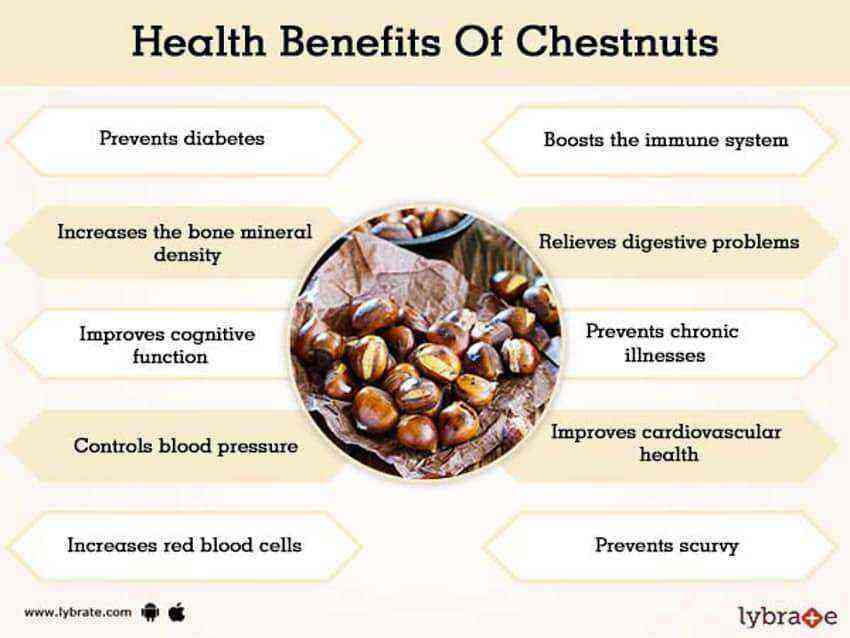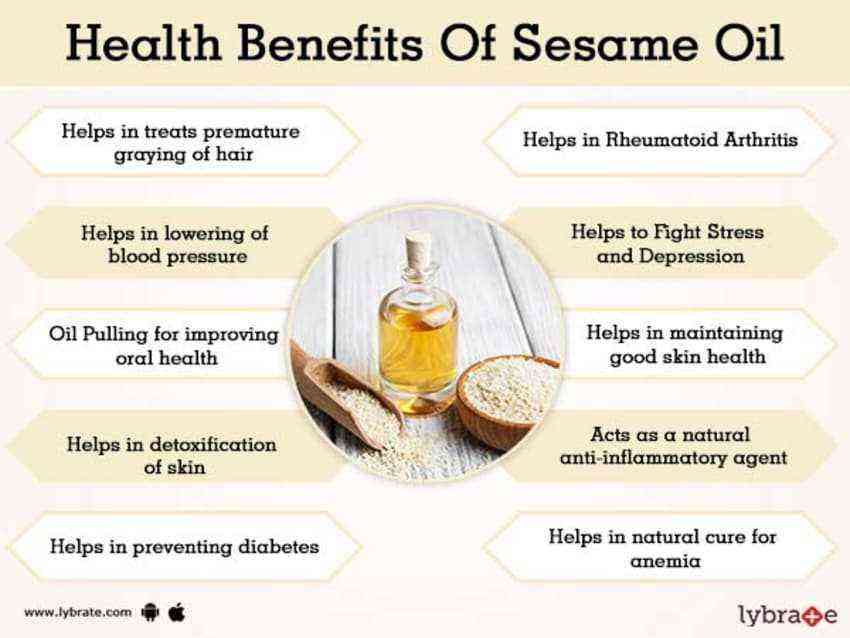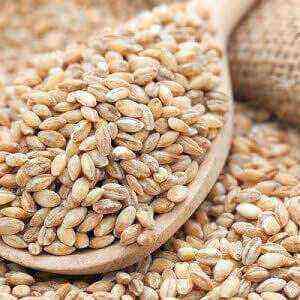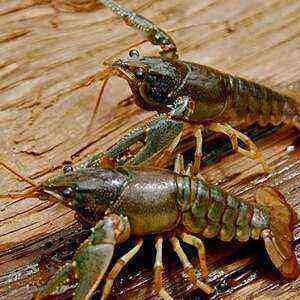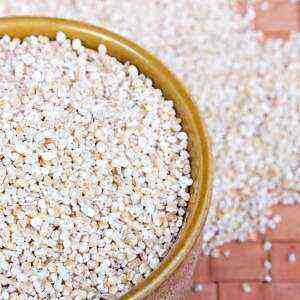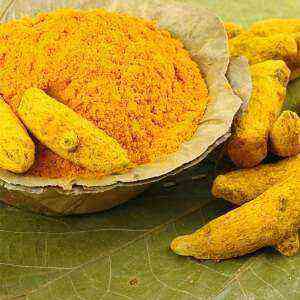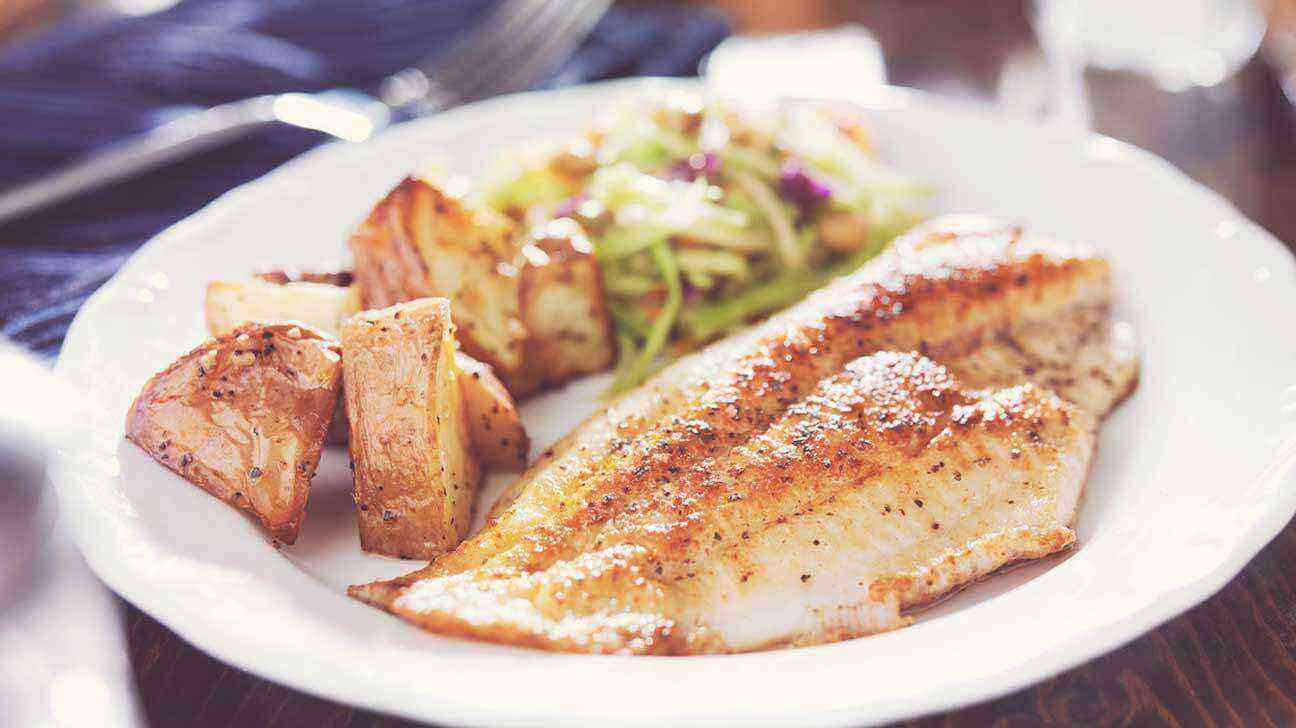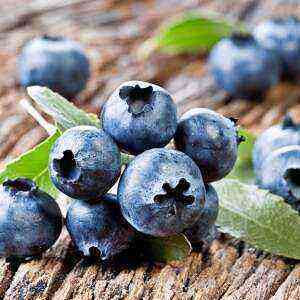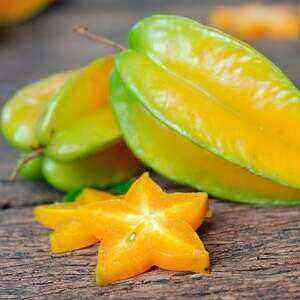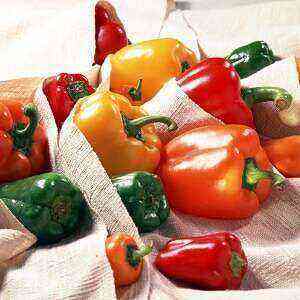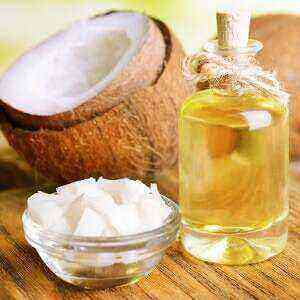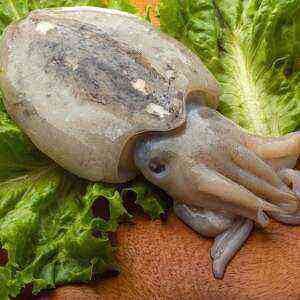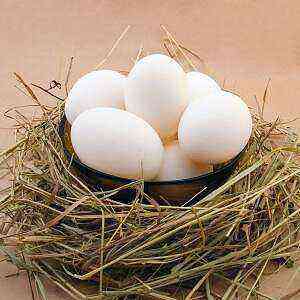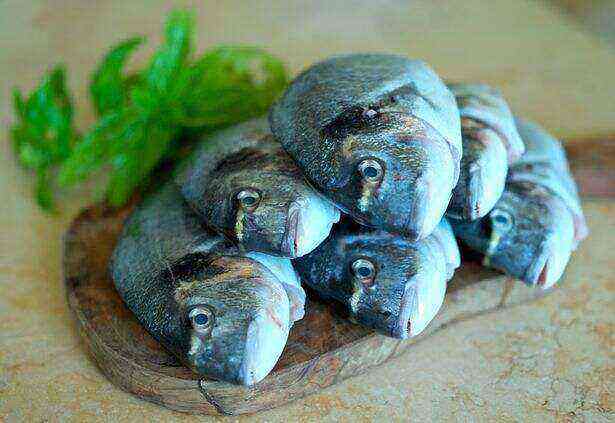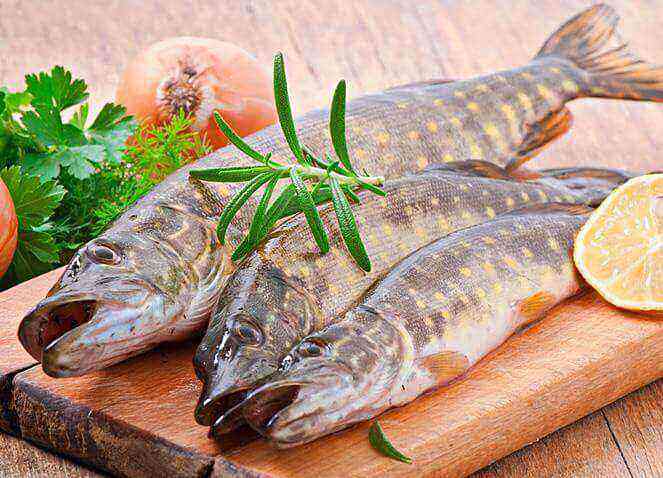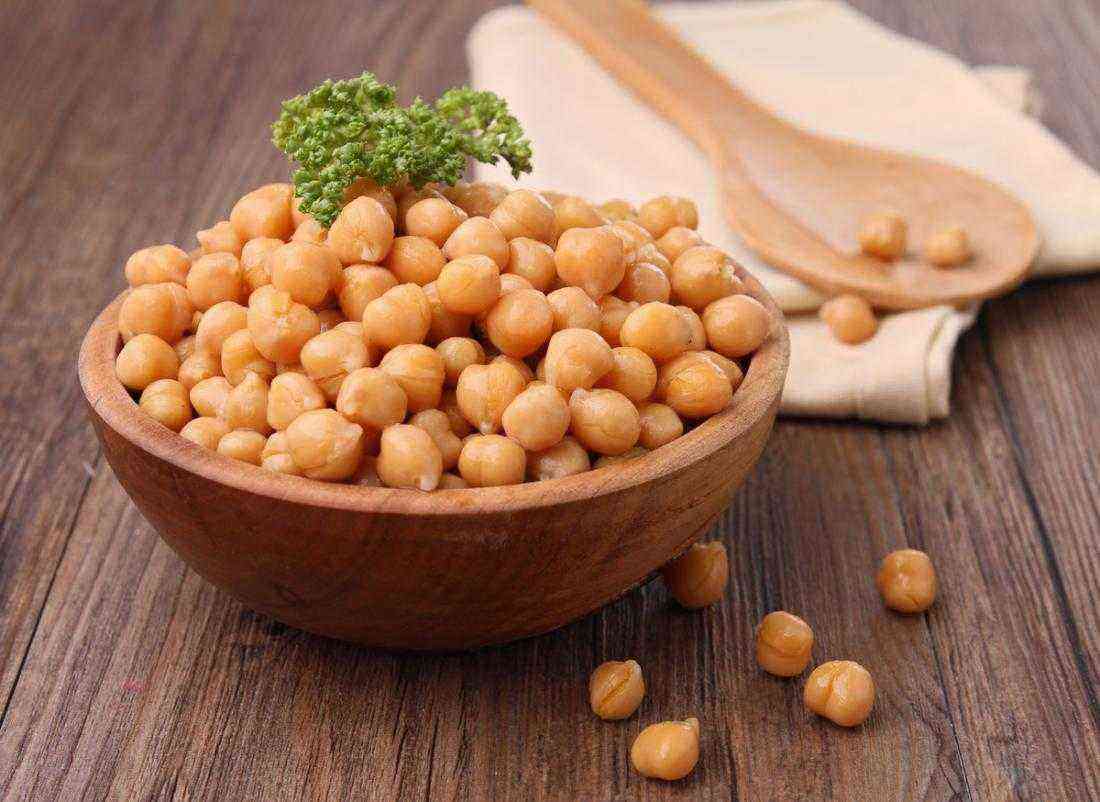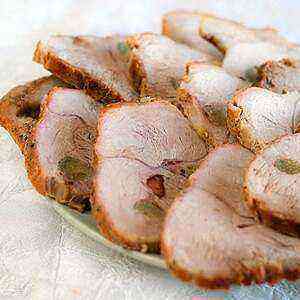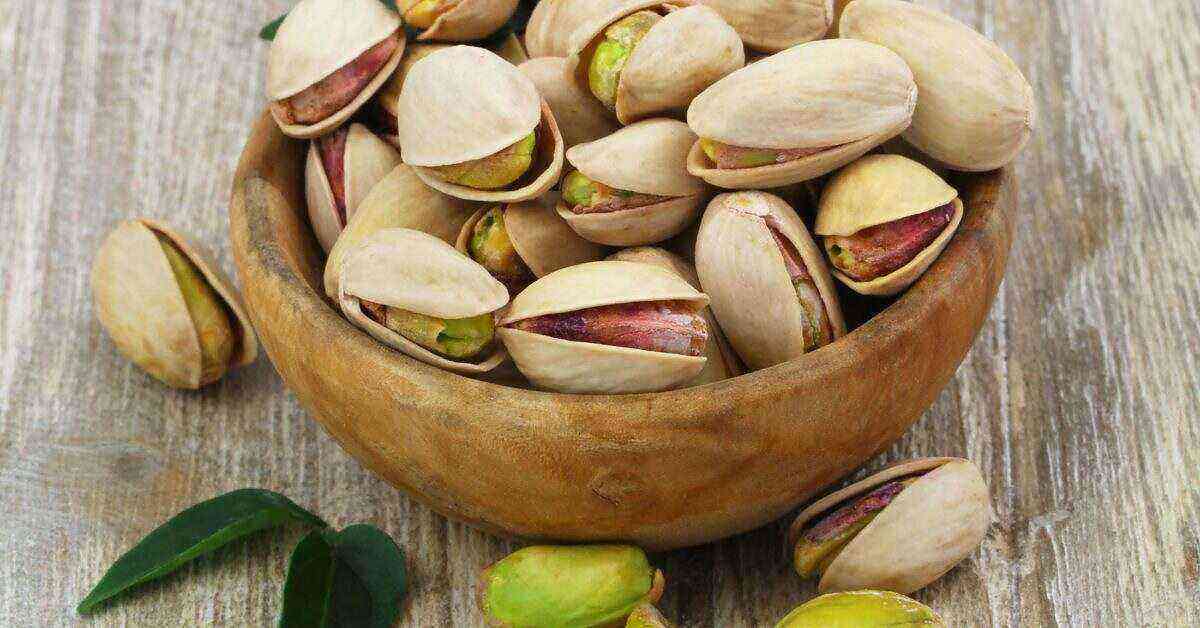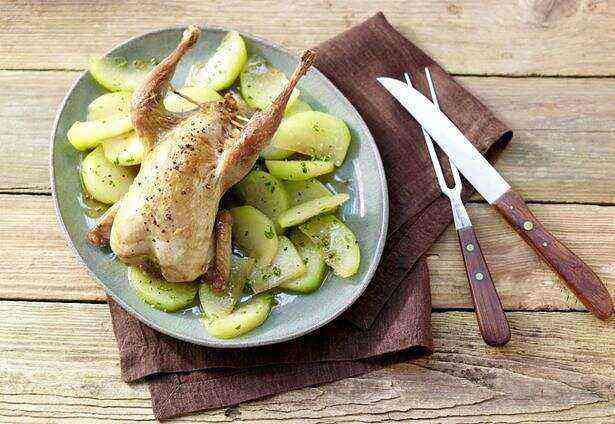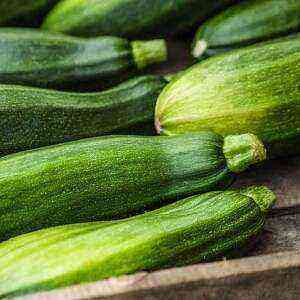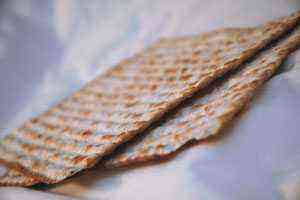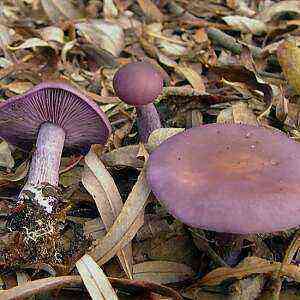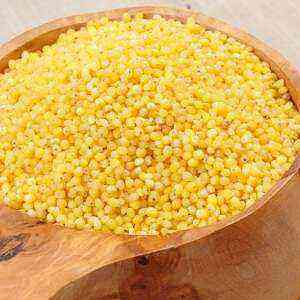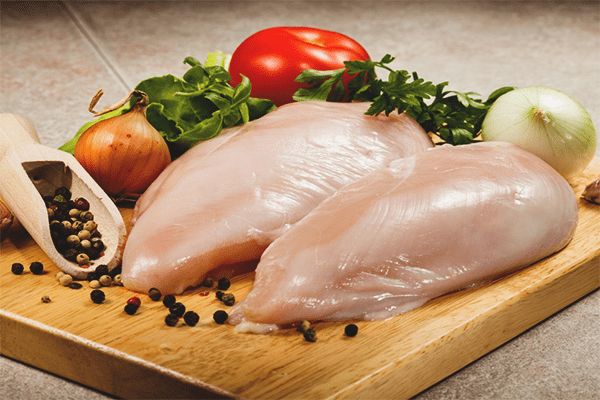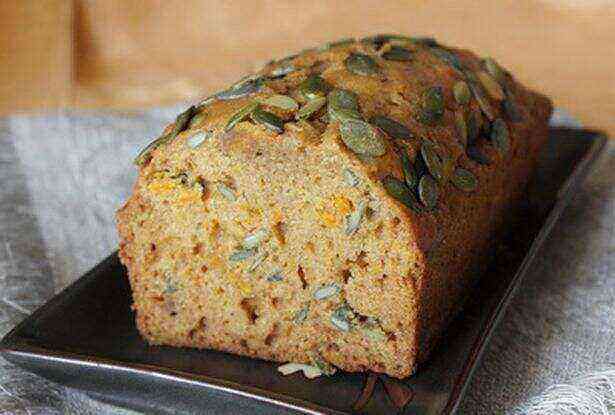 A vegetable such as chard is also called “leaf beet”, and they really have a lot in common. It really looks like beets, but the chard collects all its beneficial substances in the petioles and leaves, and not in the root crop. The plant reaches a height of up to 70 cm, and in addition to its many beneficial properties, it is also very beautiful and able to decorate any garden. Chard varieties, with carved leaves and red petioles, are especially beautiful.
A vegetable such as chard is also called “leaf beet”, and they really have a lot in common. It really looks like beets, but the chard collects all its beneficial substances in the petioles and leaves, and not in the root crop. The plant reaches a height of up to 70 cm, and in addition to its many beneficial properties, it is also very beautiful and able to decorate any garden. Chard varieties, with carved leaves and red petioles, are especially beautiful.
The plant was first used in ancient Greece and ancient Egypt, regularly eating it along with other vegetables. In Russia, individual varieties of these useful plants began to be actively grown at the beginning of the 21st century, with the division into leaf and tuber. In ancient times, this plant was used as a medicine, using it in its pure form to combat fever or infections. Chard leaves were recommended to be applied to the skin for various diseases, including ulcers, and in the 16th century they were even used to cleanse and improve blood.
Mangold prefers loose and fertile soil, and requires a sufficient amount of water. Despite this, it is very unpretentious, and even beginner gardeners successfully grow it. This plant is often grown for decorative purposes, as there are several different colors of petioles, each of which is uniquely beautiful: green, silver, red and yellow.
Basically, chard is collected immediately after the leaves are fully opened – this means that the plant is ripe enough for consumption. But this applies only to petiole varieties – leaf chard, on the contrary, is harvested when it has not yet fully matured and retained a delicate structure. Unfortunately, fresh leaves and petioles cannot be stored for a long time, even in the refrigerator they will not last longer than two days, so they must be consumed on the same day when they were collected. Or, immediately after assembly, they must be recycled in order to be able to store them for as long as possible.
If you want to buy a chard, the easiest way is to find it in the markets, as Due to the short shelf life, supermarkets do not sell it. Of course, the best option is to grow a plant on your site – then you will get the opportunity to consume them daily.
The chemical composition of chard (per 100 g)
Caloric content 19 kcal Proteins 1,8 g Fats 0,2 g Carbohydrates 2,14 g
Vitamins
Vitamin B4 18 mg Vitamin PP 0,4 mg Vitamin K 830 μg Vitamin E 1,89 mg Vitamin C 30 mg Vitamin B9 14 μg Vitamin B6 0,99 mg Vitamin B5 0,172 mg Vitamin B2 0,09 mg Vitamin B1 0,04 mg Vitamin A 306 μg Beta-carotene 3,647 mg
Minerals
Selenium 0,9 μg Manganese 0,366 mg Copper 179 μg Zinc 0,36 mg Iron 1,8 mg Phosphorus 46 mg Potassium 379 mg Sodium 213 mg Magnesium 81 mg Calcium 51 mg
Procurement and storage of chard
The leaves and petioles of the plant can be safely pickled or canned, like any other vegetable. They are able to maintain maximum taste and beneficial properties, and in winter you can use them to prepare a large number of your favorite dishes. Basically, a canned plant is used for cooking, and pickled is simply served as a cold snack, because its pronounced taste is difficult to combine with other ingredients.
Pickled Chard: Recipe
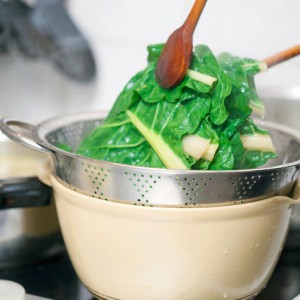 To pickle this plant, you need to take:
To pickle this plant, you need to take:
- chard – 500 g of stems or 400 g of leaves;
- peppercorns (black);
- allspice;
- horseradish;
- vinegar (6% or diluted acetic acid) – 2 tbsp;
- salt and sugar – 2 tsp;
- garlic – 5 peeled cloves.
The plant must be thoroughly washed, cut out damaged parts and cut into pieces or strips. They must be put in jars, alternating with garlic and horseradish, and pour boiling water. The peculiarity of the chard harvesting is that after this it is necessary to drain this water (save it), pour greens over the greens again, cover the banks so that the steam does not escape.
In the water that was drained after the first time, add spices and sugar, boil and remove from heat. After that add vinegar, drain the water from the cans and fill them with the resulting marinade. If there is not enough water, you can add boiling water, then roll up the jars and put in a dark place, carefully wrapping them so that they keep heat as long as possible.
Sauer Chard Recipe
To ferment a chard, it is necessary to combine it with white cabbage. You will need:
- petioles – 5 kg;
- cabbage – a few whole leaves (5-6);
- salt – 100 of
Petioles should be finely chopped, and placed in a container, alternating with sheets of cabbage and pouring in equal portions of salt. Then you need to put the stalks under oppression, wait for the juice to be released and then put in a dark cool place – if you have a cellar, this would be an ideal option. Otherwise, you can just put it in the refrigerator.
If you do not want to cook a chard for a long time, you can simply dry its leaves. Rinse the leaves thoroughly, then dry well. Cut them into strips or squares, and lay them out with a not very thick layer on paper or a large baking sheet. They must be dried in the fresh air, but not in direct sunlight (use a canopy), but at night they should be brought into the room.
Useful Properties
 The chard has many medicinal properties, in particular, it is recommended to include it in the diet for those who suffer from diabetes or severe anemia. The plant helps well for those who have kidney stones or high blood pressure.
The chard has many medicinal properties, in particular, it is recommended to include it in the diet for those who suffer from diabetes or severe anemia. The plant helps well for those who have kidney stones or high blood pressure.
The leaves of the plant contain carotene in high concentration, as well as many mineral salts and vegetable protein. It is the beneficial properties of the plant and its unpretentiousness in growing conditions that made it so widespread and popular around the world.
A large amount of vitamin K contained in the plant stimulates blood coagulation and helps it clear itself of some harmful impurities. Green leaves have a lot of calcium, which helps strengthen bones and teeth, which is why the plant is so useful for children. The lilac acid contained in the plant helps normalize blood sugar, which is why it is often recommended for use by patients with diabetes. In turn, the antioxidants contained in the plant reduce the risk of developing cancer, acting as a good cancer prevention.
Who will benefit from the chard:
- overweight people;
- suffering from anemia;
- Diabetes patients
- people with vitamin deficiency.
Only 200 g of this plant provides the body with more than half the daily norm of magnesium due to its high concentration. According to recent studies, chard is even able to stimulate pancreatic regeneration, so it will be useful for problems with this organ.
The substances contained in the leaves stimulate the brain, so the chard is well suited for those whose work is associated with serious intellectual stress, as well as for schoolchildren and students.
Mangold stimulates the normal functioning of the liver, and, in addition to normalizing blood pressure, helps the cardiovascular system. Due to the fact that this plant is able to improve the functioning of the lymphatic system, it is prescribed, including for those who suffer from radiation sickness.
Chard for culinary purposes
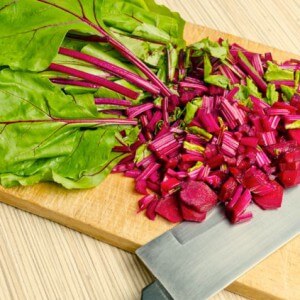 For culinary purposes, chard leaves and petioles are used, which contain many vitamins and minerals, as well as organic acids. This plant tastes good, very healthy and gives a very good harvest, in particular, more than a kilogram of edible parts can be collected from only one plant. Another advantage of the chard is that it begins to bloom in early spring, when there is still very little greenery saturated with vitamins and minerals.
For culinary purposes, chard leaves and petioles are used, which contain many vitamins and minerals, as well as organic acids. This plant tastes good, very healthy and gives a very good harvest, in particular, more than a kilogram of edible parts can be collected from only one plant. Another advantage of the chard is that it begins to bloom in early spring, when there is still very little greenery saturated with vitamins and minerals.
Like any other greens, it is used mainly for salads, often added to first courses and cold snacks. But it is suitable for second courses, in particular, it can be stewed in butter like spinach. And the leaves can be fermented, like cabbage, and cuttings can even be pickled.
How to cook chard
The plant is divided into several parts, each of which is prepared in its own way. For example, petioles for maximum taste effect and preservation of the benefits of chard, first boil for several minutes, and then bread and quickly fry. There are many recipes for making chard, and basically they are similar to recipes for asparagus.
This plant also excels in its fresh form, in which it is most often added to salads or as a fresh addition to the main dishes. The easiest option is to replace lettuce leaves in dishes with chard leaves, including for decoration.
One of the main advantages of chard for cooking is that it, when cooked, not only does not lose its taste, unlike ordinary greens, but also becomes much sweeter and more saturated, and also preserves the volume, which allows it to form beautiful dishes.
In addition, chard leaves often act as a substitute for cabbage – for example, cabbage rolls are made with them, they are stewed and fermented, or added to the first dishes.
Some chefs use chard leaves to create desserts, but these recipes are made for special connoisseurs of this plant.
The use of chard in cosmetology
The leaves of this plant are often used in cosmetology, because it is able to well moisturize the skin, cleanse the pores and even have some anti-aging effect. The chard also has a good effect on the condition of the hair – it stimulates their growth, helps get rid of dandruff and has a general strengthening effect.
To make a face mask, just chop the leaves, pour hot water, add a little honey and in this form apply on the face for 15-20 minutes. If there is no time or desire to grind the leaves, use them whole, just pre-dip in boiling water for a few seconds, cool and attach to your face.
To help hair, it is best to use juice from leaves and petioles, which is desirable to leave all night. This will help with hair loss and strengthen them. To combat dandruff, it is enough to apply juice on the scalp, stand for 30-60 minutes, and then rinse.
Hazardous properties
It is necessary to observe the measure, even if you really like the taste of this vegetable, since it contains a very large amount of vitamin K. In the end, even very useful substances can be harmful if the dosage is exceeded. In particular, an excess of vitamin K is harmful for those with excessively viscous blood, as it can cause thrombosis. That is why you should not get carried away by chard to those people who suffer from excessive blood viscosity or who have varicose veins. In addition, you should be careful about chard and those who have too high cholesterol in the body or migraine.
In addition, oxalic acid contained in the chard can irritate the mucous membranes of the stomach, so before use it needs to be boiled for at least a short time to get rid of its excess. This is especially true for people who suffer from stomach problems or bile production.
Even if you know everything about the benefits of freshly squeezed juices, do not get carried away with fresh from the chard, as due to excessive passion it can provoke nausea and vomiting. Try to use it not immediately, but after a couple of hours after spinning.

